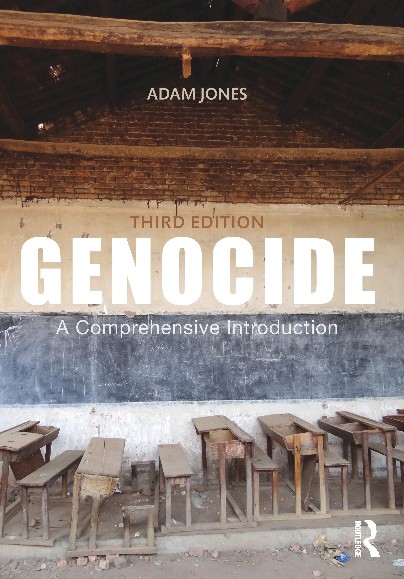Holocaust Art Endures at Israel's Yad Vashem Museum
By Edmund Sanders
The Los Angeles Times, December 26, 2010
"Most people skip the little art gallery at Israel's Holocaust museum Yad Vashem because they think it will be too depressing. After an emotionally draining tour through a maze of testimonies and artifacts, few have the stamina to look at so-called Holocaust Art, which seems to promise only more dark images of death and destruction: skeletal shapes emerging from smokestacks, hollowed eyes looking through barbed wire, piles of emaciated corpses. So it's a surprise that Yad Vashem's little-known art museum is actually a respite, offering an unexpected glimpse into how a group of persecuted artists, facing one of the 20th century's ugliest chapters, managed to secretly produce a body of work that was often quiet, understated and beautiful. 'The exciting part is this takes us away from all the clichés we know,' said Yehudit Shendar, senior art curator of the world's largest collection of works produced by Jews and other victims of Nazi occupation between 1933 and 1945. 'These artists created beautiful, aesthetically gratifying images that are in total contrast to what is going to happen to them.' As part of an effort to challenge stereotypes and focus attention on the higher-caliber art created during the Holocaust era, the gallery highlights the work of artists such as Felix Nussbaum, who painted in hiding in Belgium until he was arrested in 1944 and sent to Auschwitz, where he was killed. Through symbolism and a touch of surrealism, Nussbaum conveys his isolation and loneliness in paintings such as 'Camp Synagogue,' depicting five faceless worshippers at a tin-roof shack against a barren landscape. Their prayer shawls are upside-down to reflect the topsy-turvy world; a stripped bone testifies to their hunger. 'He wants to make you work a little to understand,' Shendar said. 'Artists don't use clichés. They have more sophisticated form of transmitting reality through a filter.' Another of her favorites is German painter Charlotte Salomon, who produced hundreds of autobiographical works while living in Nazi-occupied France as a young woman. Her primary work, which she titled 'Life? Or Theater?' formed a sort of visual diary that some liken to Anne Frank's. Some of her paintings are dark and chaotic, but on display at the gallery are a rare collection of soft watercolors of French villas and beach scenes. She was killed in Auschwitz in 1943 at age 26, cutting short a career that some speculate might have placed her among the leading 20th century artists. [...]"
Monday, December 27, 2010
Subscribe to:
Post Comments (Atom)















No comments:
Post a Comment
Please be constructive in your comments. - AJ